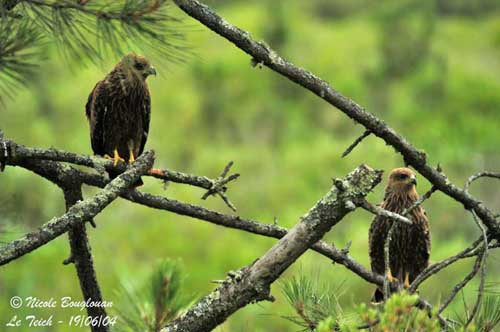
Black Kite juvenile : First experiences
The Black Kite (Milvus migrans) is an elegant migrating raptor. The breeding season occurs between March and April-June in the temperate zones of Eurasia. Courtship displays and copulation take place in late March. After more than one month of incubation (26-38 days), the chicks hatch. They fledge about 42-50 days after hatching but they still depend on parents for food during 15-36 days more. They are visible in late June, with their beautiful brown and pale buff plumage where some remaining white down may appear when the wind disturbs the feathers. They walk around on the ground or perch in trees. They become more conspicuous as they are exploring their new territory.

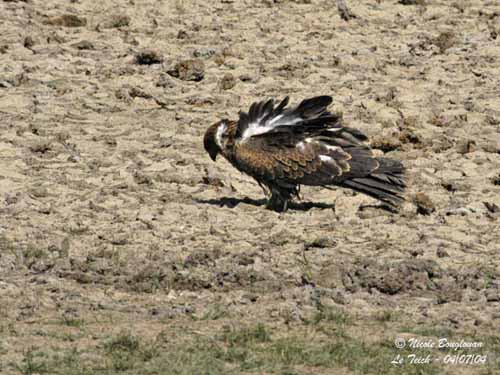
Here we can see two juveniles recently fledged, probably from the same brood. They remain together all the day, standing by each other while discovering the wild world outside the protection of the nest. But their parents are not very far and still protect them during 40-50 days after fledging.
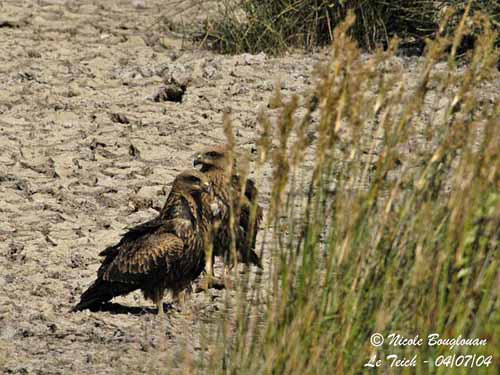
Their main challenge is to fly! They leave the breeding range in August… They only have some weeks to learn how to fly and travel to Sub-Saharan Africa where they will spend the winter.
In order to be ready to leave, they perform various movements with their wings, testing their strength, learning the best way to rise in the air and to soar or glide in the wind, to flap these large tools, to move the flight feathers and the tail, and finally, to fly!
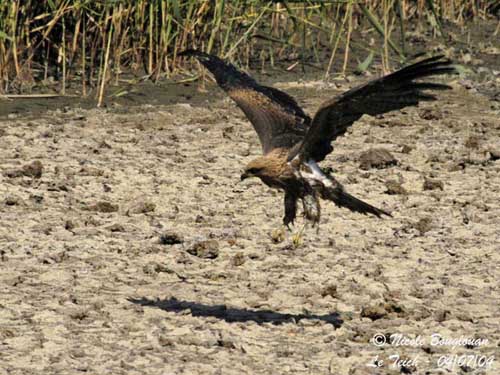
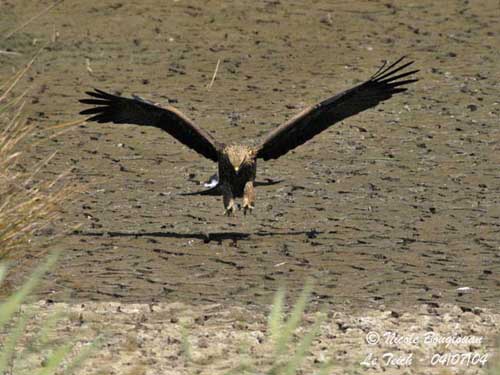
To see the world from the air is something so great! But the trip will be long and they must know how to save the energy for reaching the wintering areas.
They try their wings very often, performing wingbeats from the ground. And miraculously, it works!!! Now, they can reach the treetops and the highest branches, to choose a good perch and to fly easily.
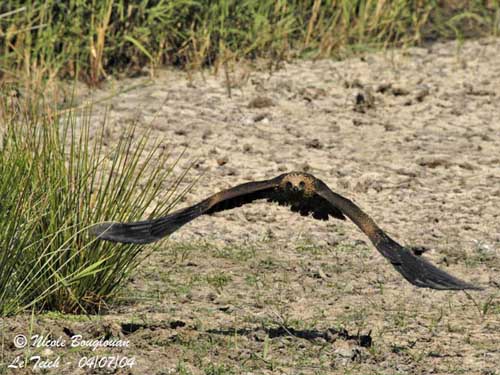
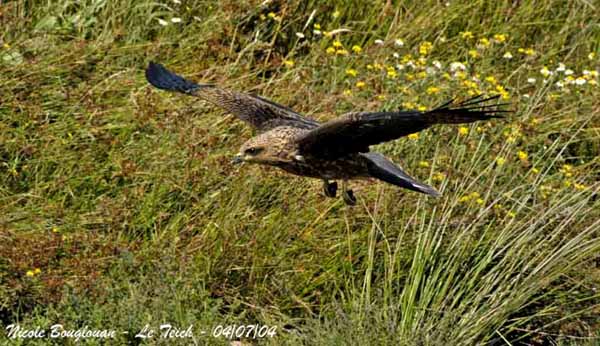
They often share the same tree, and sometimes, one of them takes off and pushes the other to take its place! This type of game involves some quarrels between them, and these feigned aggressive encounters are the best way to prepare their future life with dangers, persecutions, and attacks from larger animals or humans.
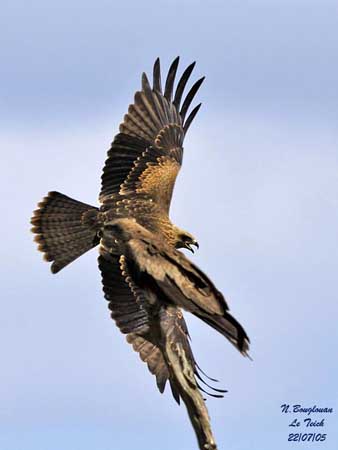
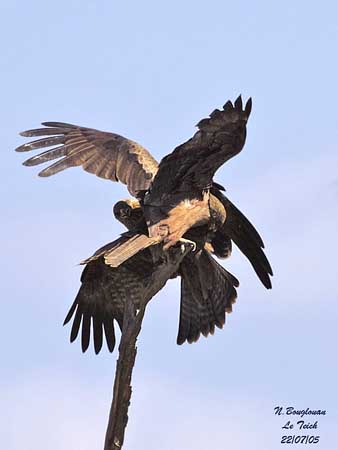
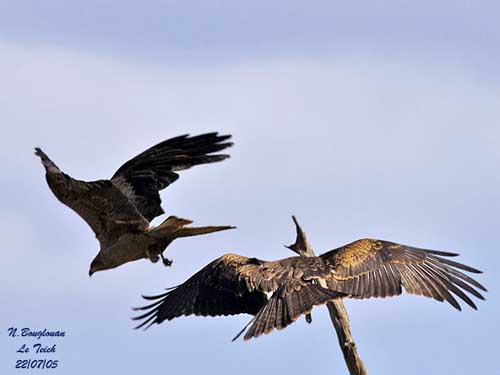
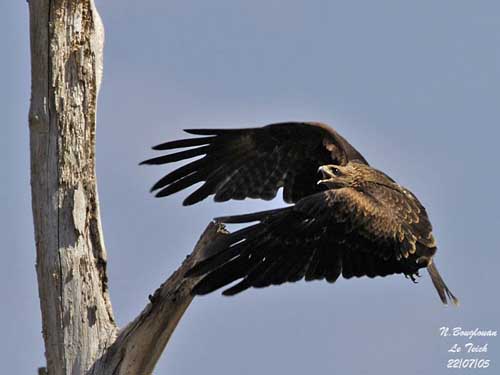
But there are some good moments too! When the weather is warm and the sun very hard, what can be more pleasant than a bath in cool water? Or to share some carrion found on the ground?

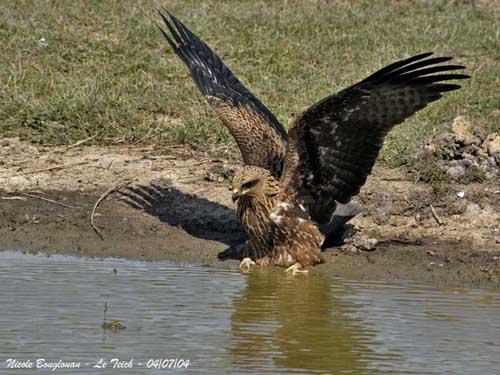
All the day, they fly from tree to tree, often together, looking around at other species living in the same area.
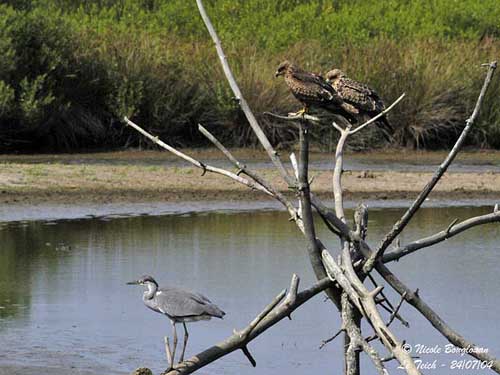
But very soon, it will be time for migrating. In our European countries, the young birds disperse as soon as late June and early July. But the true migration starts in late July / early August. They travel through the straits according to the location of their breeding areas. Gibraltar, Bosphore and Borcka are the most used, but they also cross the Mediterranean Sea in larger fronts above Italy, Malta and Cyprus.
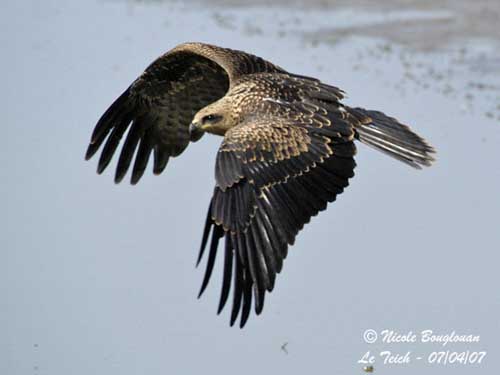
They will return to their breeding range between February and May. Here, in France, they arrive in late February. Courtship displays and copulation occur in the second half of March. Then, the young are visible in mid-June. They leave the area in early August… They have to work quickly!!!!

But while having their first experience of life, learning how to fly, to feed, to protect themselves, they spend several good moments together facing to the horizon to which they will fly some weeks later.
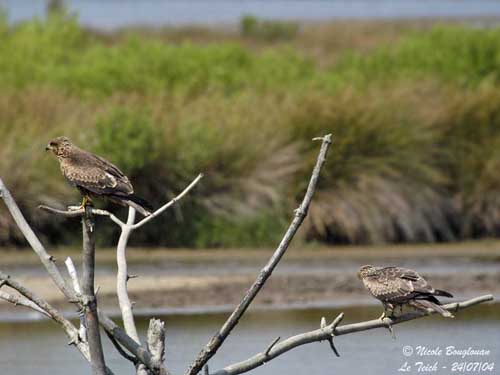
Text and pictures by Nicole Bouglouan
From personal observation in the wild.
Sources:
HANDBOOK OF THE BIRDS OF THE WORLD Vol 2 by Josep del Hoyo-Andrew Elliot-Jordi Sargatal - Lynx Edicions - ISBN: 8487334156
GUIDE DES RAPACES DIURNES – Europe, Afrique du Nord et Moyen-Orient de Benny Génsbol – Delachaux et Niestlé – ISBN : 2603013270